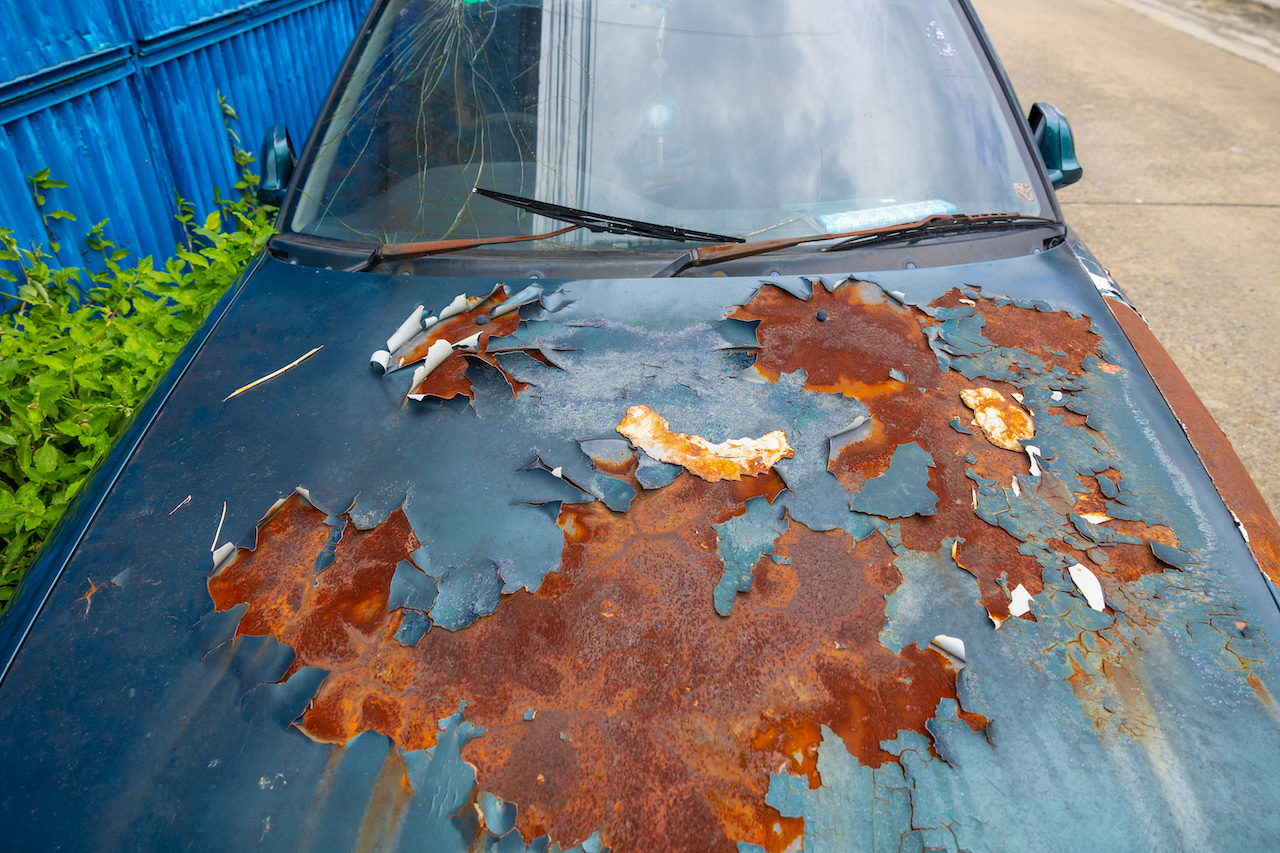
Do you have unsightly blisters marring the otherwise pristine surface of your vehicle? Paint bubbles can be a nuisance, but they’re also your car’s way of telling you something isn’t quite right. Here’s a comprehensive list of what causes these bubbles to appear and the best course of action to take.
1. Moisture Trapped Under the Paint
One of the most common culprits of paint bubbling is moisture that has become trapped between the layers of your vehicle’s paint job. This can happen over time due to temperature changes, improper drying methods, or even due to car washes if the seals aren’t waterproof.
How to Address It:
If the issue is relatively minor, you can sometimes dry out the bubble by parking in a warm, dry area or using a hair dryer on low heat to direct warm air at the spot. However, serious issues may require a professional to strip the affected area and reapply the paint.
2. Salt and Mineral Exposure
Living in coastal or wintery areas with salt on the roads can lead to a lot of salt and mineral buildup on your vehicle. These substances can eat away at the protective coatings of your paint, leading to bubbles.
How to Address It:
Regular washes and applying wax after each wash can help keep these substances at bay. For existing bubbles, you may need to strip the paint, treat the affected area with a rust inhibitor, and then repaint.
3. Improper Surface Preparation
Before a vehicle’s paint job, surfaces must be properly cleaned, sanded, and primed to ensure the paint adheres correctly. If shortcuts are taken here, it could lead to bubbles as the paint attempts to adhere to compromised surfaces.
How to Address It:
Unfortunately, improper surface preparation is not an easy fix. You may need to sand down the affected area, re-prime, and repaint the section.
4. Overspray During Paint Application
When vehicles are painted, other parts of the vehicle not intended to be painted must be well covered. Overspray from a previous paint job that isn’t visible immediately could cause bubbles over time.
How to Address It:
Carefully cover areas that should not be painted. For existing bubbles, the only solution is to carefully sand those layers down and repaint.
5. Exposure to Solvents or Acids
Harsh chemicals and solvents, including acid-based cleaners, can break down your car’s paint and clear coat, leading to bubbling and peeling in severe cases.
How to Address It:
Avoid harsh chemicals and acids when cleaning the exterior of your vehicle. For existing bubbles, you may need to strip the paint in the affected area and repaint it.
6. Impact Damage
Direct impacts, whether from a collision or minor parking lot dings, can cause paint damage that might not be apparent at first. Over time, this can lead to bubbling as the affected area deteriorates.
How to Address It:
Protect your car from impacts where possible. For existing damage, address rust or peeling paint as soon as possible to prevent further spread.
7. Excessive Heat Exposure
Prolonged exposure to high temperatures can soften the paint, allowing trapped gases underneath to expand and create bubbles. This can happen if a vehicle is often parked in direct sunlight.
How to Address It:
Park in shaded areas when possible. For existing bubbles, a professional may need to strip the area and repaint it to prevent future issues.
Understanding the causes of paint bubbles on vehicles is the first step in preventing and addressing this common automotive issue. With regular maintenance and proper care, you can keep your car’s paint job looking fresh and bubble-free for years to come.
